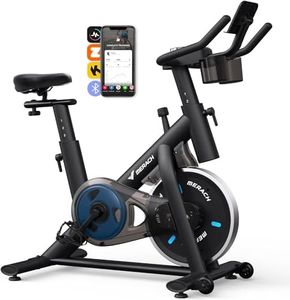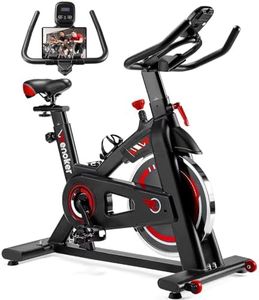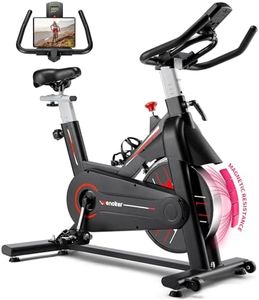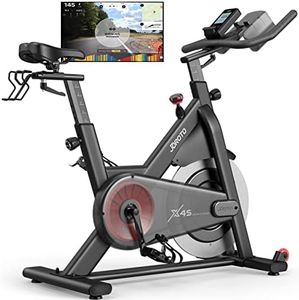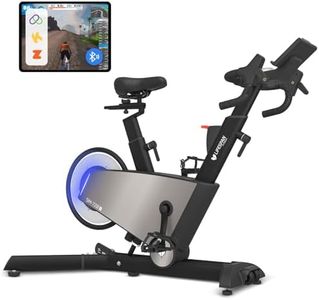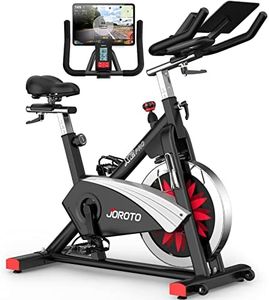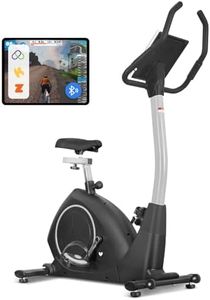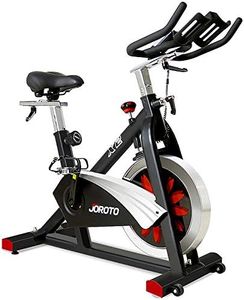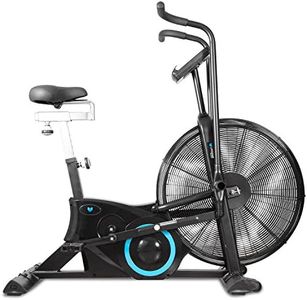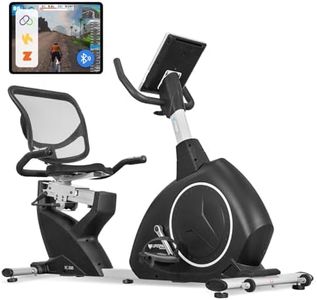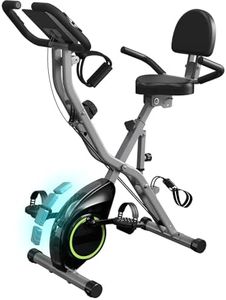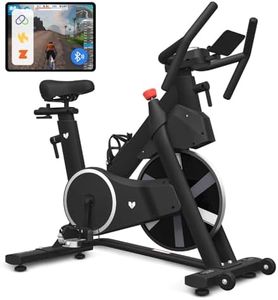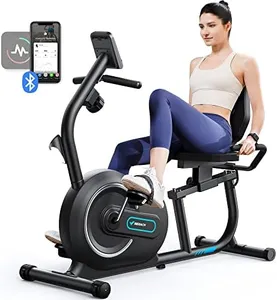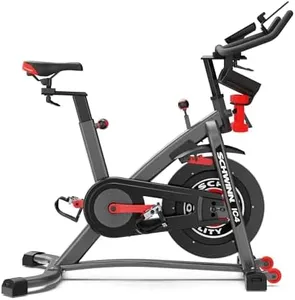We Use CookiesWe use cookies to enhance the security, performance,
functionality and for analytical and promotional activities. By continuing to browse this site you
are agreeing to our privacy policy
10 Best Exercise Bike
From leading brands and best sellers available on the web.By clicking on a link to a third party's website, log data is shared with that third party.
Buying Guide for the Best Exercise Bike
Choosing the right exercise bike can make a big difference in sticking with your fitness routine and enjoying your workouts. Before deciding, consider where you'll use the bike, the types of workouts you like, and your comfort and support needs. By understanding the most important features and how they relate to your goals, you can find an exercise bike that suits your lifestyle and helps you hit your fitness targets.Type of Exercise BikeExercise bikes come mainly in three styles: upright, recumbent, and indoor cycling (also known as spin bikes). Upright bikes resemble traditional bicycles and suit general fitness and moderate cardio. Recumbent bikes have larger seats and a reclined position, making them better for those who need extra back support or want less stress on their joints. Indoor cycling bikes are built for more intense, standing or sprinting style workouts and are popular for high-intensity interval training. Choose the type that best matches your comfort needs, space, and workout style.
Resistance Type and LevelsResistance is what makes pedaling harder or easier, and it affects how challenging your workout can be. Most bikes use either magnetic, mechanical, or air resistance. Magnetic resistance is quiet and easy to adjust, mechanical (friction) is common in budget models but can be noisy, and air resistance increases the harder you pedal, giving a more natural feel. Look for a bike with a wide range of resistance levels so you can progress your workouts as you get fitter. Advanced users may want more resistance options, while beginners can start with more basic settings.
Seat Comfort and AdjustabilityThe seat determines how comfortable your ride will be, especially during longer sessions. A well-padded, wide seat and the ability to adjust its height and distance from the handlebars allow you to fit the bike to your body, reducing the risk of discomfort or injury. If more than one person will use the bike, easy and flexible adjustability is even more important. Try to choose a seat and bike that can be customized to match your body size and riding style.
Display Console and FeedbackMost exercise bikes have a display that shows information like speed, distance, time, calories burned, and sometimes heart rate. A clear, easy-to-read console can keep you motivated and help you track your progress. Advanced displays might include pre-set workout programs or the ability to connect to fitness apps. Consider how much data you want to see and how you plan to use feedback during your workouts—simple consoles suffice for many, while data-lovers might prefer more features.
Size and PortabilityExercise bikes come in various sizes, and some are more compact or foldable than others. Think about the space where the bike will live and whether it needs to be moved often. Lightweight models with wheels are easier to move, while heavier, sturdier bikes tend to be more stable during use. Pick a model that fits comfortably in your space and, if necessary, can be moved or stored away without hassle.
Weight Capacity and Build QualityEvery exercise bike has a maximum user weight limit, which reflects both safety and durability. Make sure the bike can support your weight or that of the heaviest expected user. Heavier-duty bikes often last longer and feel more stable, which is important for more intense workouts. Solid build quality and a high weight capacity are especially important for heavier users or for those who plan on frequent, vigorous sessions.
